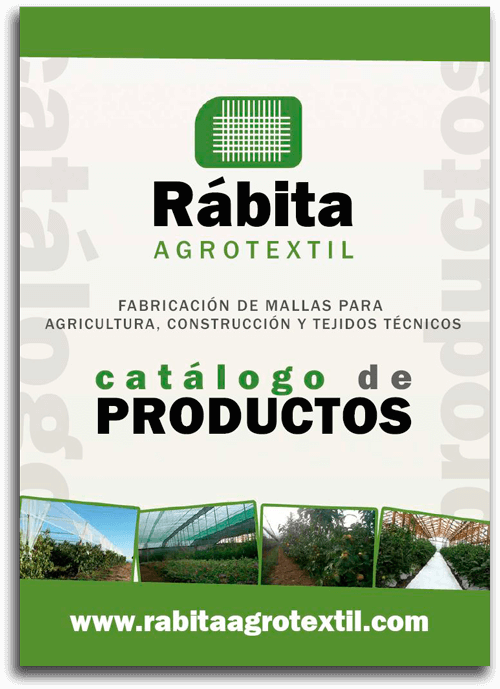Knowing the sowing and planting calendar is essential if you want your garden to be full of the best quality vegetables and fruits. Therefore, today we will talk about the sowing of seasonal vegetables in February, as well as we will also discuss what are the tasks of garden maintenance and other relevant work.
What to plant in February?
| Outdoor planting | Seedbed planting | Sowing in indoor seedbed | Transplants |
| Radishes | Beans | Tomatoes | Lettuce |
| Garlic | Lettuce | Peppers | Arugula |
| Carrots | Leeks | Eggplants | Chard |
| Beets | Swiss chard | Zucchini | Canon |
| Beans | Arugula |
Tasks for the vegetable garden in February
Protect your orchard from the cold
Although winter crops, such as beans, are resistant to low temperatures, when the temperature drops below 0º it can get ugly. A single day of frost can ruin your crop. All you need to do is to take a little precaution, pay attention to the weather forecast and put into practice some simple techniques that will make your vegetable garden resistant to the last cold waves of this year.
Some methods to protect the orchard from frost.
- Cover plants with thermal blankets or accordion greenhouses.
- Place the pots indoors or inside a greenhouse.
- Cover the pots with bubble wrap.
Seeding in seedbeds
You can start planting spring crops by planting indoors or in a heated greenhouse. These crops need a soil temperature of about 20ºC, although the optimum temperature is 25ºC. If you start planting now, you will be able to transplant in March, and get an earlier harvest. Then you can sow again in March or April, so the summer season will be much longer and you will be able to enjoy crops such as tomatoes, peppers, eggplant and zucchini for a longer period of time.
Protects transplants
If we have started with planting in January we will surely have some plants to transplant. Here are a few tips to ensure that the cold does not kill the delicate seedlings:
- In the case of tomatoes or other delicate crops, it is not advisable to transplant them outdoors yet. If they have become too large for their seedlings, transplant them to an intermediate pot that you can keep indoors for a while longer. Once the frost has passed, we will be able to place them in their definitive location.
- For transplants in soil – if we have planted onion or lettuce seedlings, for example – the ideal is to prepare the soil a little by applying a natural mulch, such as compost, or dark plastic. The color factor is important, as dark tones absorb solar radiation better and will keep the floor warmer. Having an accordion greenhouse or greenhouses made from plastic bottles can be a great help for these young crops.
Protects from the sun
In the case of plants such as tomatoes or similar crops are very sensitive to the effects of the sun, it is recommended for these crops in the months of June onwards to protect them from the sun with shading mesh thus avoiding heat shocks on crops.



